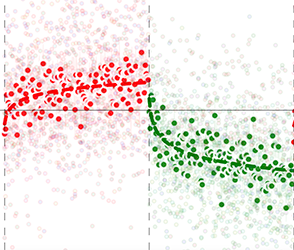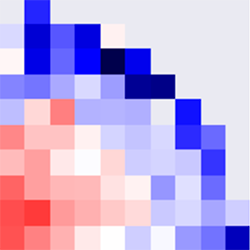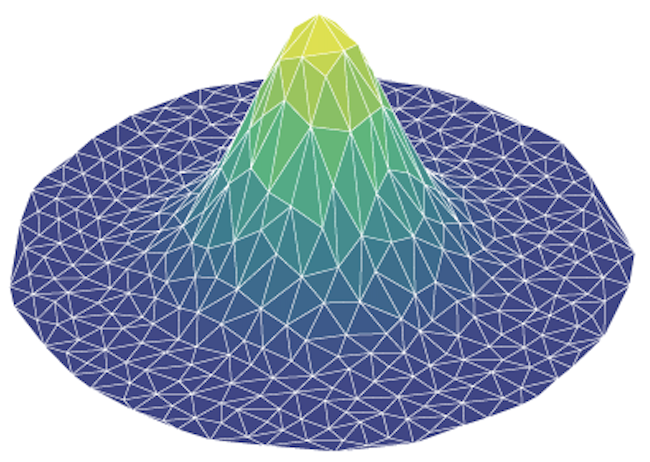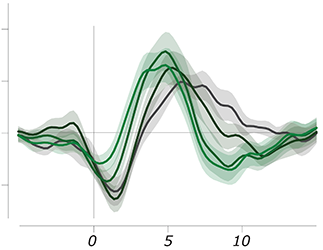We are the Computational Cognitive Neuroscience Lab led by Tomas Knapen. The lab is equally based both at the Cognitive Psychology department at the Vrije Universiteit Amsterdam, and at the Spinoza Centre for Neuroimaging of the Royal Dutch Academy of Sciences.
We perform computational modeling, imaging, psychophysics, and eye movement experiments to investigate how activations in the brain give rise to our conscious awareness of ourselves and the world around us. Our "Spiel" is that we try to understand the structure of the brain's responses, even those of high cognitive function, in light of vision and other sensations. Specifically, we investigate how sensory information intermixes with cognitive factors such as attention, semantic processing, and reward. For more information on the topics we research, please see the science section, or click any of the topics further below on this page.
For information on the procedures that we use in the lab, please consult the lab wiki
And, if you want to follow the goings-on in the lab, you can follow the lab on Twitter:
Follow @tknapen-
TiCS review on visuospatial coding out!
Review on how the brain uses visual space as a fundamental coding mechanism
-
Divisive Normalization paper out in PNAS
Our new Divisive Normalisation population Receptive Field model explains responses throughout visual cortex.
-
Welcome to the lab, Ron, Ningkai, & Niklas!
New PhD and Master's students starting this month!
-
A new fMRI paradigm from the lab - Line-Scanning!
7T fMRI with 100ms TR and 200μm voxel size for "true" laminar fMRI




